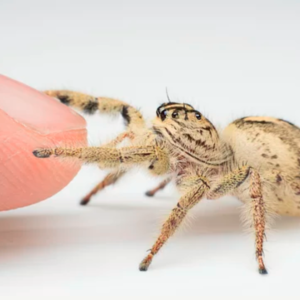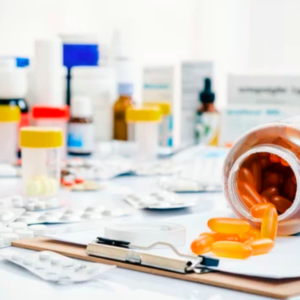What does my mole color mean?

A mole (nevi) usually develops after the skin is exposed to bright sunlight which affects the natural melanin and the melanocytes that make up the skin pigments. The usual outcome is that the skin tans or becomes darker. When melanocytes (pigment-forming cells) grow together in a cluster – this is called a mole. Moles are extremely common and can develop anywhere on your body, including your scalp, armpits, under your nails, and between your fingers and toes. Most people have between 10-50 moles on their body; many of these develop by age 50. The moles on your skin are usually harmless/benign and a normal reaction to sun exposure. Rarely, they become cancerous. Being aware of changes in your moles and other pigmented patches is important to detecting skin cancer, especially malignant melanoma.
A mole is usually brown in color and has a single tone. One of the most obvious and easy to spot signs that your mole might be at risk is its color. If it is flat and even in tone – there is probably nothing to worry about. But if you notice two or more colors within the mole or around its edges, if you notice blood or weeping, it is time to have it checked by your doctor. Colors you might expect to see range from a dark black through to different shades of brown and even pinks, blues and reds. Keep in mind moles may change or fade away over time. With hormonal changes in adolescence and pregnancy, they may become darker and larger.
A mole on your skin that is different in color to other moles may also be a warning sign. This is especially true if it is larger and has less definition around its borders. In this case, even if it has just one color, you should do a skin cancer check. If your mole has lightened or become darker over time, this may be an indication that it is changing. Once again, you should have this checked out. This is when having a time-lapse photo collection would really help.

This article reviewed by Dr. Jim Liu, MD and Ms. Deb Dooley, APRN.
There’s nothing more important than our good health – that’s our principal capital asset.
#medical #telehealth #umedoc










